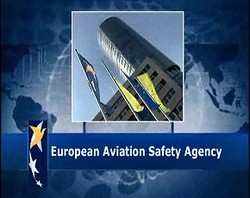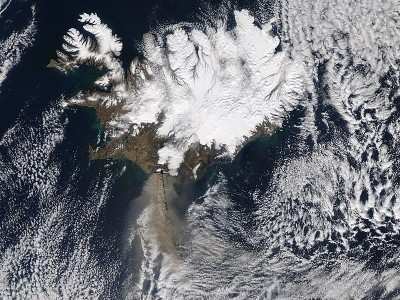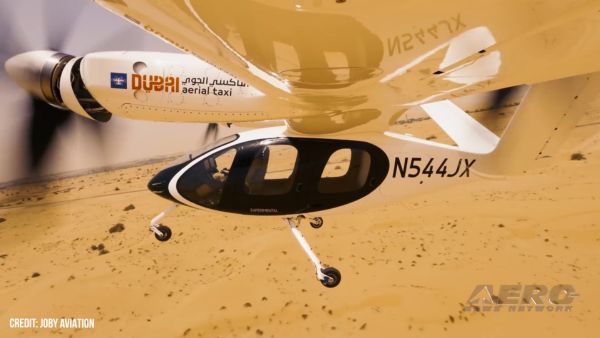Recommends Operators Establish Guidelines For Operating Following Flight In Ash
The European Aviation Safety Agency (EASA) recently issued updated guidance for flying in airspace contaminated with volcanic ash. The European Union (EU) authority revised its previous May 2011 safety information bulletin (SIB), taking a more assertive stance after aircraft manufacturers expressed concerns about potential ash-related engine or other aircraft damage.

The 2011 SIB focused largely on what operators should do after operating in low levels of volcanic ash. But the first recommendation of the latest SIB is to avoid flying into airspace with “visible” ash. "Manufacturers have determined that aircraft engines are by far the most susceptible aircraft parts to volcanic ash,” according to the most recent EASA guidance.
EASA also recommended that European member states and operators continue to use “zoning systems” and Volcanic Ash Advisory Center ash concentration charts to depict levels of volcanic ash in the airspace. The zoning systems show areas of low, medium and high concentrations in three altitude bands. The document said that more advanced detection and forecasting technologies were being developed, though some were still “in their infancy.”
The latest SIB also recommended that type certificate holders develop a protocol for determining airworthiness after flying through ash-contaminated airspace. “Turbine engines, as well as piston engines, operation can be adversely affected by volcanic ash on the ground or in the air,” said the bulletin, adding that operators should look for erosion, accumulation of ash or system degradation.
It also offered a daily inspection checklist for pre- and post-flight near ash-impacted areas:
- Wing leading edges
- Navigation and landing lights, radomes
- Landing gear
- Horizontal stabilizer
- All extruding structure
- Pitot tubes and static ports
- Windows and windshields
- Engine inlets and nacelles (turbine), induction air filter (piston)
- Engine cooling system components
- Engine compressor and turbines
- Engine oil systems
- Fuel tank venting system
- Rotor blades
- Ventilation and pressurization systems
- Smoke detectors

Damage may require more detailed inspections, such as oil analysis, inspection of filters, or borescope inspections of the engine. The bulletin also said that post-flight inspections are essential if flight crews notice acrid odors similar to electrical smoke, rapid onset of engine problems, St. Elmo’s fire, dust in the cockpit, airspeed fluctuations, unexpected darkness outside, or a bright white/orange glow at the engine inlets. Aircraft should be covered on the ground in ash-contaminated areas.
"This is sound advice from EASA, designed to ensure safety in airspace impacted by volcanic ash,” said Douglas Carr, NBAA’s vice president of safety, security, operations & regulation. “It adopts a practical approach as the issue continues to be researched.”
ICAO’s Volcanic Ash Task Force, which completed its fourth and final meeting last June, contributed to the latest SIB, but the group’s International Airways Volcano Watch Operations Group continues to study the issue. EASA said the SIB would be revised “as necessary,” following feedback from EU member states, national aviation authorities and aircraft operators.
(Pictured: Ash cloud from the Eyjafjallajokull volcano in Iceland, taken Saturday, April 17, 2010.)
 NTSB Final Report: Aviat A1
NTSB Final Report: Aviat A1 ANN's Daily Aero-Linx (07.08.25)
ANN's Daily Aero-Linx (07.08.25) Classic Aero-TV: Fly Corvairs Reliable Engine Alternative
Classic Aero-TV: Fly Corvairs Reliable Engine Alternative ANN FAQ: Contributing To Aero-TV
ANN FAQ: Contributing To Aero-TV Classic Aero-TV: CiES Fuel-Quantity and e-Throttle Systems Praised
Classic Aero-TV: CiES Fuel-Quantity and e-Throttle Systems Praised




